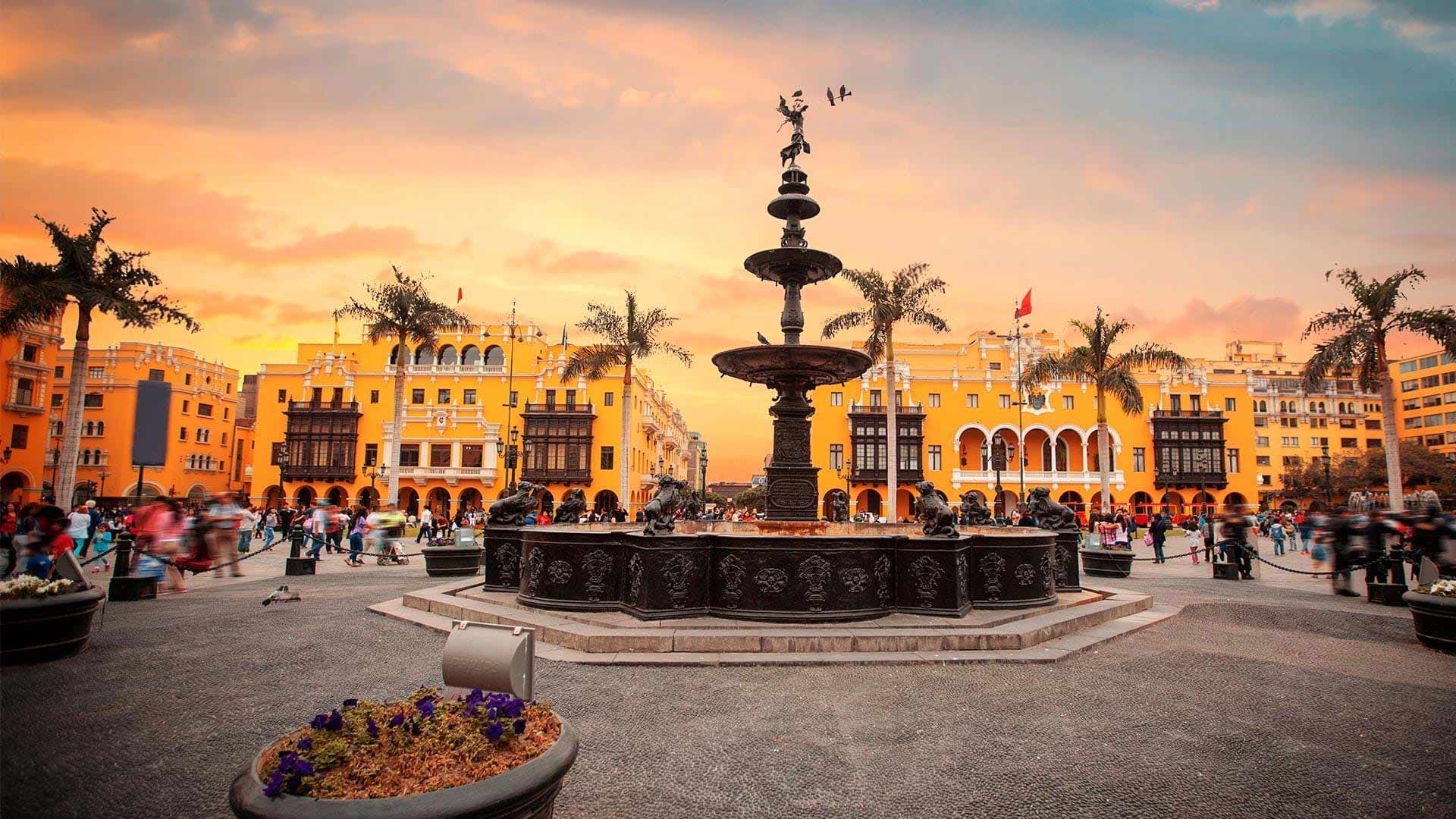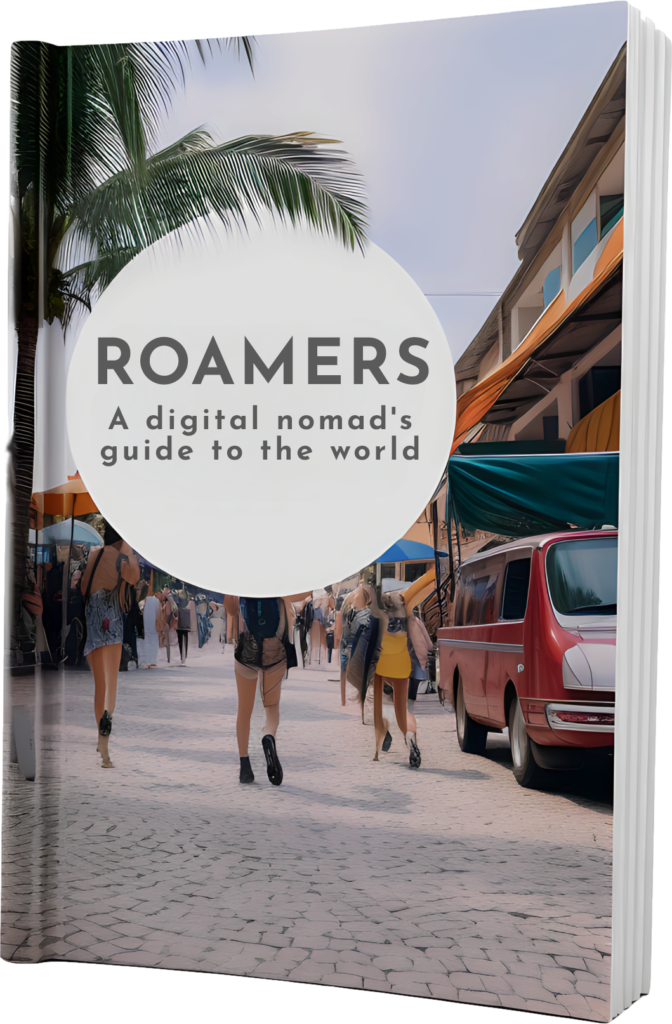
The echo of ancient civilizations, the flair of a thriving metropolis, and the allure of Pisco-infused nights. Lima, a sprawling urban mosaic of old world charm and cosmopolitan vigor, has long been overlooked, but is now emerging as a prime location for wanderlusters and digital nomads. And why not? Between the percussions of a rich historical tapestry and the modern vibrancy, Lima dances to its own rhythm.
Nightlife
Lima, while frenzied, boasts a kaleidoscope of nocturnal delights. Although it may not mirror the intoxicating allure of Buenos Aires or Rio de Janeiro, it does pack its punch.
Chasing international beats? They often echo through Lima’s streets. Event producer, Superclub, is the pied piper of electronic music here. Ensure your Instagram’s following them if electronica gets your heart thumping.
Among the nightspots, La Tribu has resiliently weathered many storms, maintaining its reputation as Lima’s elite club, beckoning world-class talents. But Lima’s nightlife is not just about dancing; it’s about discovery.
For the bar hoppers, Barranco is a treasure trove with its pubs, bars, and clubs. Craving a touch of sophistication? Miraflores has you covered. As the evening unfolds, make your way to Ayahuasca Bar, a restored colonial mansion, where vintage charm meets inventive cocktails in a setting that is pure enchantment.
Nomad Community
Lima’s digital nomad scene isn’t quite a raging inferno but rather a slow, steady burn. While you might not stumble upon the bustling energy of a Medellin, there’s a charm to Lima’s close-knit, mature expat community.
Seeking fellow nomads or just good ol’ advice? Dive into social media groups like ‘Expats in Peru’ or ‘Expats in Lima’.
Workspace woes? WeWork offers two modern hubs for you. But this city has a trove of co-working spaces, waiting to be discovered. When it comes to connectivity, Lima doesn’t falter. Stable internet speeds of 20mbps are commonplace, with some pockets enjoying the luxury of fiber.
Beaches & day trips
Lima’s coastline? A dramatic theater of cliffs, sunsets, and waves. The paths tracing the cliffs offer panoramic views that can rival any in the world. While Lima’s beaches won’t win prizes for softness, they are a haven for surfers.
But for the sand-lovers, journeying south, like to Playa Asia, is worth the wander.
Climate wise, Lima is very comfortable year-round.
During the summer (November to March), the city is sunny and warm, with temperatures around 24C (75F). Peru’s coast does experience winters as well, from June to September, with cooler average temperatures around 17C (65F), lots of clouds and constant humidity.
Speaking of humidity, you won’t need much in terms of rainy clothes here, as Lima is the second driest capital in the world.
Sights to see
Beyond the bustling streets of Lima, Peru unveils a mosaic of diverse landscapes and climatic wonders. Each location promises its distinct narrative waiting to be explored.
The nearest points of interest include:
-
- Lunahuana – A hidden gem, Lunahuana invites with its serene valleys overflowing with wineries and tales of time-aged traditions.
-
- Paracas national reserve – A coastal marvel, this reserve is where the relentless waves kiss the sun-baked desert, offering a visual spectacle unlike any other. There are lots of tours here where you can discover the wildlife on the coast and enjoy beautiful desert dunes
-
- Ica/Huacachina – Venture into the heart of the desert to discover Huacachina, a small town built around the largest desert oasis in the world, surrounded by towering dunes. Closeby, Ica spins tales of its vast vineyards, telling stories of grapes turned into ambrosial wines. Tacama wineries, in Ica, is actually the first place the Spanish brought grapes to in the Americas!
A bit further out, but worth the trip:
-
- Cusco – the historical capital of the Inca empire and home of the Machu Picchu ruins, Cusco is a must-see while in Peru. You’ll likely need to fly there from Lima, as the trip can take over 20 hours by car.
-
- Iquitos – Peru’s main jungle city, Iquitos is located near the source of the Amazon river and is the largest city in the world not accessible by car, an Amazonian adventure where roads give way to rivers.
Safety
Let’s start off with the obvious – Lima is not the safest of cities.
There are many safe areas, and some you absolutely should avoid.
For solo female travelers, going out alone at night is not recommended. For solo men, the “good part” of the city is relatively safe at night.
What’s the good part? Barranco, Miraflores, San Isidro, Magdalena del Mar.
During the day, Lince, San Miguel, San Borja, the historical center, and even La Victoria (particularly if you wish to visit Gamarra, a giant market covering an entire city square) are all relatively safe. Pickpocketing is a risk, but you won’t face much more during the day in those places.
At night, I would avoid those unless accompanied by locals you trust.
The entire northern part of the city, especially Callao, is pretty much a no-go. There are some richer pockets on the outskirts, but most of the suburbs are very poor, with some outright slums most travelers would do best to avoid.
Yet, for all its cautions, Lima’s heart beats warm and welcoming. Its residents, ever eager for a chat, a dance, a shared moment. Remember, in Lima, as in life, it’s not about avoiding the shadows but seeking out the light.
For visual people – I covered the best and worst areas on map in my Guide To Lodging In Lima, Peru, so check that one out if you’d like to find out more!


